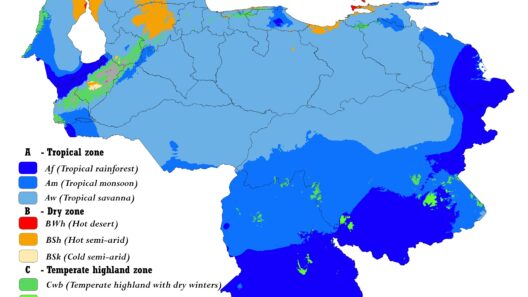The California Climate Credit is an intriguing element of the state’s comprehensive approach to climate change mitigation. Yet, many individuals remain uninformed about its nuances and implications. Understanding who is eligible for this valuable credit is paramount in grasping both its purpose and efficacy in fostering sustainable practices.
The California Climate Credit is available to residential and small business electricity customers. Primarily, it is associated with the state’s cap-and-trade program, an ambitious endeavor designed to reduce greenhouse gas emissions. Through this initiative, a portion of the funds generated from the purchase of carbon pollution permits is allocated to helping California residents combat climate change while alleviating some of the financial burdens associated with energy costs.
In essence, the credit manifests as a reduction on the energy bill, offering financial relief while simultaneously instigating a broader consciousness regarding environmental stewardship. Each year, during the spring months, eligible utility customers receive a statement indicating the reduction that will be applied to their subsequent bill. However, not all customers enjoy a uniform benefit; the amount credited often fluctuates based on various factors.
One variable that influences the extent of the credit is the nature of the customer’s utility provider. Various electric companies in California, such as Pacific Gas and Electric (PG&E), Southern California Edison (SCE), and San Diego Gas & Electric (SDG&E), each implement the program differently. Thus, customers should scrutinize their utility statements to ascertain the specific credits being applied. This variance exemplifies the need for consumers to remain proactive in understanding how climate policies directly impact their financial obligations.
In addition to residential consumers, small businesses with fewer than 100 employees are also eligible for the California Climate Credit. By including small enterprises, the program acknowledges the essential role that local businesses play in fostering sustainable practices. This inclusion ensures that the breadth of climate action extends beyond individual households and permeates the fabric of California’s economic landscape.
Individuals sometimes ponder whether their home or business is eligible for this credit. While the guidelines may seem abstract, they mainly hinge on a few critical aspects: the type of utility service, usage levels, and the customer’s designation as either a residential user or a small business. Those utilizing electric services through a recognized provider typically find themselves benefitting from the climate credit—an affirmation of California’s commitment to reducing greenhouse emissions.
The financial implications of the California Climate Credit should not be overlooked. Depending on the year, this credit can range from modest amounts to more significant reductions, capable of alleviating some burden from energy costs. For residents who are vigilant about energy efficiency and conscientious of their consumption patterns, this credit serves as an added incentive to pursue energy-saving measures further. Whether by utilizing energy-efficient appliances, adjusting energy usage patterns, or investing in renewable energy sources such as solar panels, homeowners can amplify the positive effects of the climate credit.
Moreover, the California Climate Credit is more than a mere financial adjustment; it symbolizes a collective acknowledgment of our responsibility to foster a sustainable future. It coalesces elements of social justice, economic necessity, and environmental awareness. The program’s structure encourages Californians to remain engaged in the conversation surrounding climate change. When individuals receive this credit, it serves as a tangible reminder of their role in the larger narrative of environmental responsibility—it transforms passive existence into an active participation in climate progress.
Another tantalizing aspect of the California Climate Credit is the public’s ability to influence its future. With growing awareness of climate-related issues, Californians are empowered to advocate for enhancements to the cap-and-trade program and its associated benefits. This advocacy can manifest in various forms, from community organizing to educational initiatives aimed at illustrating the interplay between climate action and economic policy.
Furthermore, one cannot ignore the broader ramifications associated with climate credits. They symbolize the fundamental transition toward a greener economy and elevated public consciousness about climate justice. In fighting against climate change, economic recovery, and resilience become intertwined. Moving beyond superficial action, the California Climate Credit serves as a conduit for deeper exploration into sustainable practices and lifestyle changes necessary for mitigating the climate crisis.
Nonetheless, as eligibility and benefits may vary year to year, staying informed through utility notifications and state announcements is essential. California residents should remain vigilant, scrutinizing utility bills and climate credit notifications. Understanding the terms of credit disbursement ensures that consumers are not only receiving the benefits they are eligible for but are also poised to become advocates in their own right, contributing to an ongoing dialogue around environmental protection and fiscal responsibility.
In conclusion, the California Climate Credit transcends the simplicity of a reduction on an energy bill; it represents a paradigm shift where individual actions contribute to collective outcomes. By providing financial relief to both residents and small businesses, it strengthens the state’s commitment to climate action and sustainable living. As Californians embrace this concept, they not only enhance their economic vitality but also pave the way for systemic changes vital for future generations. The California Climate Credit is more than a benefit—it is a clarion call to action against climate change, inviting each resident to play a crucial role in conserving and nurturing our precious planet.







